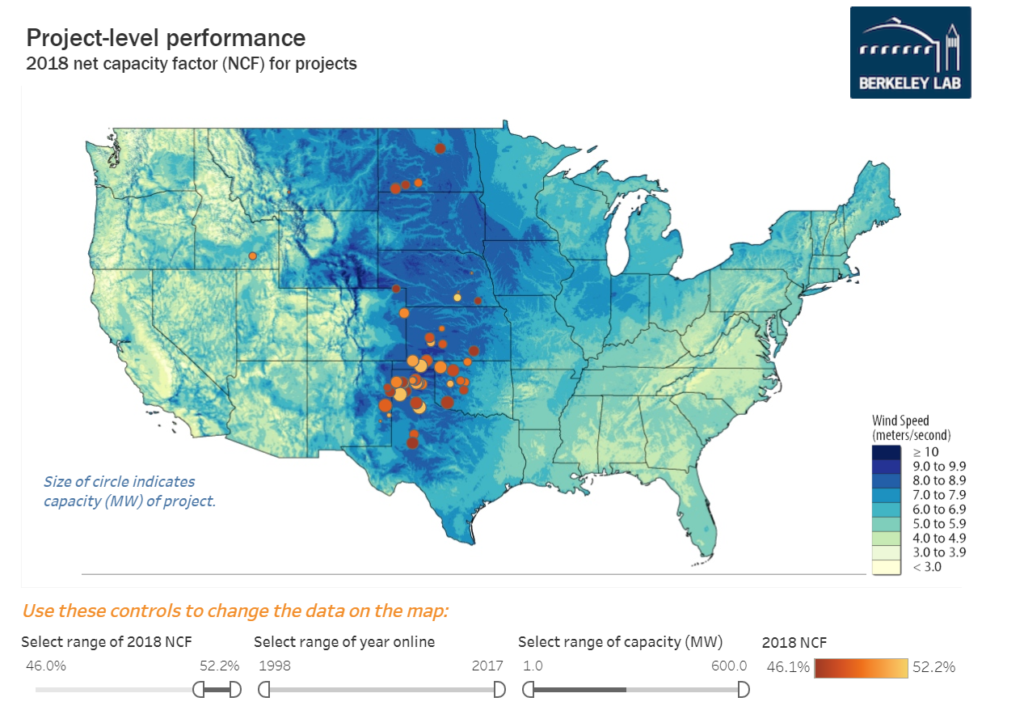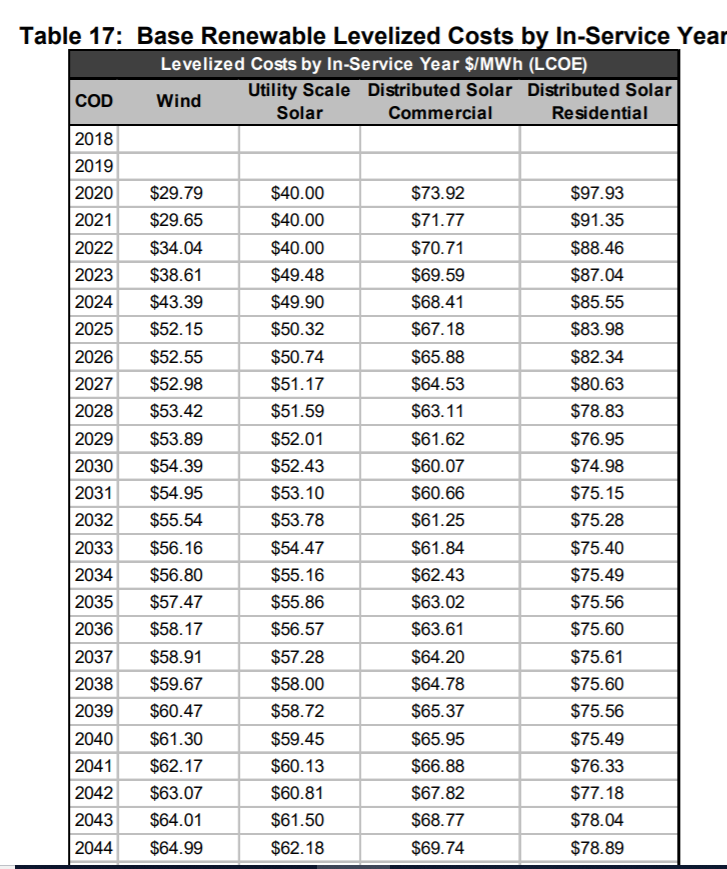Fudging The Numbers: Why Wind and Solar Cost Estimates from Bloomberg New Energy Finance are Almost Certainly Wrong
In March of 2019, Bloomberg New Energy Finance (BNEF) released a public “fact sheet” alleging the cost of electricity generated by wind and solar in Minnesota had reached new record lows, but there is a problem; BNEF refuses to share the assumptions and methodology used to calculate their cost estimates with the public. This begs the question, what are they hiding?
Probably a lot. BNEF estimated the unsubsidized levelized cost of energy (LCOE) for wind and solar to be $38 and $60 per megawatt hour, respectively. In contrast, a study by Center of the American Experiment found the cost of new, unsubsidized wind to be $48.69 per MWh, and new unsubsidized solar to be $117 per MWh.

For those who may be unfamiliar with the concept of an LCOE estimate, it is supposed to convey the cost of a power plant per unit of electricity generated. Think of it as the per-mile cost of driving your car.
As you can see, these numbers are substantially different. This is a problem because policymakers and news outlets in Minnesota have been citing Bloomberg’s cost estimates as gospel, even though neither they, nor anyone else, can actually know whether these estimates are based on realistic assumptions, and that should change.
When I called BNEF and asked them to share the assumptions they used, I was assured that these numbers should be available because it was a public report. After weeks of delay and communications with multiple associates, I was informed that BNEF would not make the assumptions and methods available to my organization for fact checking, unless of course American Experiment paid $70,000 to become BNEF customers. This cost is simply prohibitive for our organization.

The problem with LCOE estimates like these is that they are very sensitive to small changes in these assumptions. By tweaking, or torturing, the underlying assumptions, BNEF can essentially make the cost estimates say whatever they want, and no one will be able to tell if it is valid because the underlying assumptions are kept secret.
For example, BNEF could have used unrealistically low assumptions for the cost of building the wind and solar installations or used unrealistically high capacity factors, or estimates for electricity production, thereby reducing the “cost per mile” by driving more miles. They likely did both.
Using capital costs for the Midwest region published by the U.S. Energy Information Administration for solar, BNEF would have to assume production from solar would be 44 percent higher than is actually observed in Minnesota.
BNEF would have also needed to take liberties with their wind cost estimates. Using EIA cost assumptions, BNEF would have had to assume wind would generate 53 percent of its theoretical output, but according to data from Berkeley National Labs, there was not a single wind turbine in Minnesota that operated at 46 percent efficiency in 2018, which is worse than 48 percent in 2017.

In fact, there not a single wind facility in the country generates more than 53 percent of its potential output.
The fact that LCOE estimates are easily manipulated makes it imperative that the underlying assumptions be made public. Until that time, BNEF’s cost estimates for wind and solar should be interpreted as unreliable advocacy—not an unbiased analysis.
Unlike BNEF, the LCOE estimates in our report were completely transparent, and based on data from the U.S. Energy Information Administration and the National Renewable Energy Laboratory, utility company filings with the Minnesota Public Utilities Commission, and tailored to reflect Minnesota-specific conditions, such as generation output by wind turbines and solar panels.
As a result, we believe that our cost estimates are more reliable than the “secret sauce” used by BNEF to make their cost estimates.
It appears that even Xcel Energy doesn’t believe the cost assumptions from BNEF because the base case LCOE estimates for their integrated resource plan (IRP) show the cost of wind increasing dramatically after taxpayer-funded subsidies for wind and solar expire.

The people of Minnesota deserve to know whether the underlying assumptions used to calculate BNEF’s cost estimates are realistic, or not. BNEF should come clean and release their assumptions. Until they do, their assumptions for the unsubsidized cost of wind should not be taken seriously.